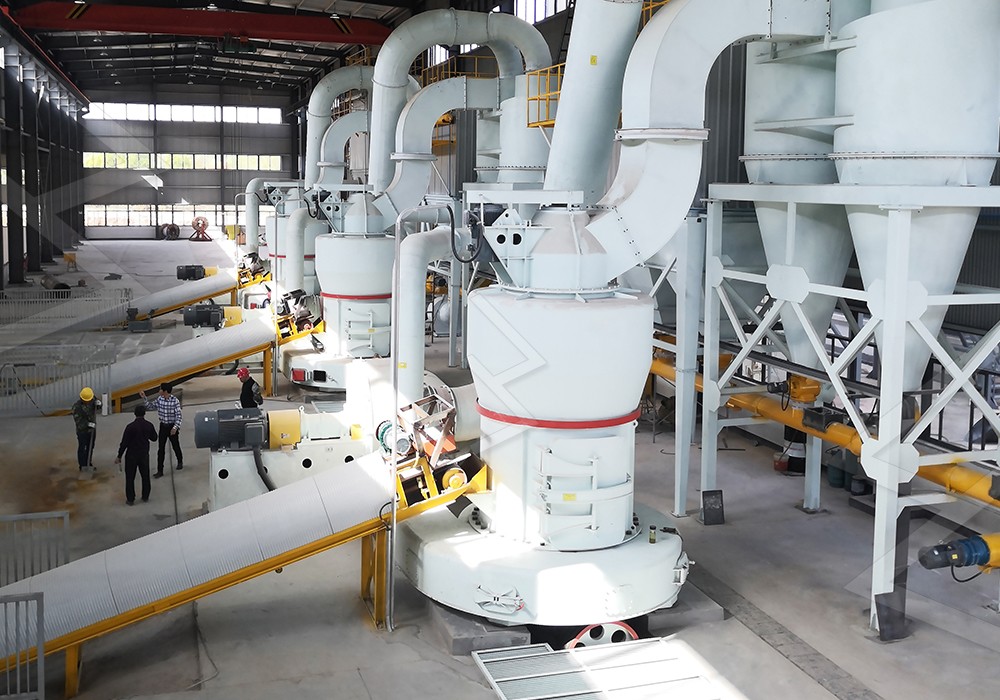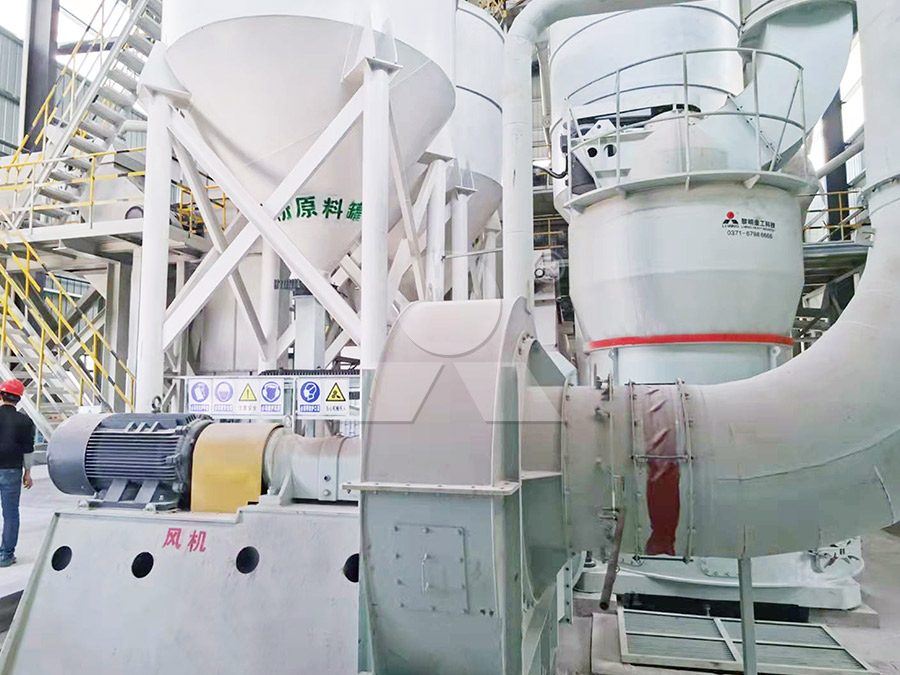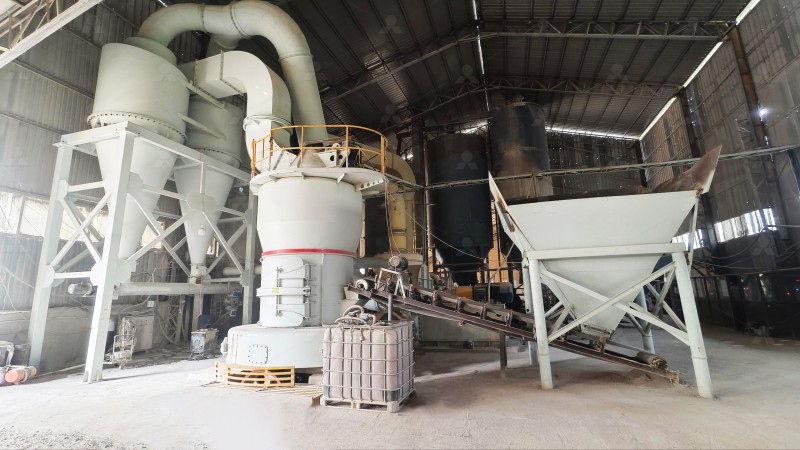3R Raymond Mill for Calcium Carbonate Grinding: Price, Features, and Specifications
Unlocking Efficiency in Calcium Carbonate Processing
When it comes to grinding calcium carbonate for various industrial applications, the 3R Raymond Mill stands as a time-tested workhorse in mineral processing operations. This robust grinding solution has evolved significantly since its initial development, offering reliable performance for medium-scale production requirements.

Technical Specifications That Matter
The 3R Raymond Mill configuration typically handles feed sizes up to 25mm with production capacities ranging between 0.6-5 tons per hour. This makes it particularly suitable for small to medium-sized calcium carbonate processing plants where space constraints and moderate output requirements dictate equipment selection.
What sets the modern 3R Raymond Mill apart is its optimized grinding curve design and improved separator efficiency. The grinding pressure from the spring system ensures consistent particle size distribution, while the built-in classifier allows for product fineness adjustment typically between 100-400 mesh, meeting most industrial calcium carbonate specifications.
Economic Considerations: Beyond the Initial Price Tag
While the upfront investment in a 3R Raymond Mill is relatively modest compared to larger grinding systems, savvy operators look beyond the initial price to consider total cost of ownership. The mill’s straightforward mechanical design translates to lower maintenance costs and easier operation. With fewer complex components than advanced grinding systems, downtime is minimized, and replacement parts are readily available.
Energy consumption remains a critical factor in operating costs. The 3R Raymond Mill strikes a balance between performance and power requirements, making it suitable for regions with limited power infrastructure or where energy costs represent a significant portion of production expenses.

When to Consider Advanced Grinding Solutions
For operations requiring higher production capacity or ultra-fine calcium carbonate powders beyond 400 mesh, we typically recommend stepping up to our MW Ultrafine Grinding Mill. This advanced system handles feed sizes up to 20mm with capacities ranging from 0.5-25 tph, producing powders between 325-2500 meshes with remarkable energy efficiency.
The MW series represents the next generation in grinding technology, featuring a unique design that eliminates rolling bearings and screws in the grinding chamber – a common failure point in conventional mills. This innovation significantly reduces maintenance concerns while improving operational reliability.
Environmental and Operational Advantages
Modern 3R Raymond Mills incorporate improved dust collection systems that meet increasingly stringent environmental regulations. The integrated pulse dust collector effectively contains calcium carbonate dust, protecting both workers and equipment while ensuring product recovery.
For operations prioritizing environmental compliance and seeking to process multiple non-metallic minerals beyond calcium carbonate, our LUM Ultrafine Vertical Grinding Mill offers exceptional versatility. With input sizes up to 10mm and capacity of 5-18 tph, it incorporates German powder separating technology and Taiwan grinding roller advancements for superior performance across various materials.

Application-Specific Recommendations
The 3R Raymond Mill excels in processing calcium carbonate for plastics, paints, and rubber applications where medium fineness requirements prevail. Its relative simplicity makes it ideal for operations with limited technical staff or where maintenance expertise is developing.
For pharmaceutical, food-grade, or high-value specialty chemical applications requiring exceptional purity and ultra-fine specifications, the MW Ultrafine Grinding Mill’s advanced design prevents contamination and delivers superior product characteristics.
Frequently Asked Questions
What is the typical production capacity of a 3R Raymond Mill for calcium carbonate?
The standard 3R Raymond Mill processes 0.6-5 tons per hour of calcium carbonate, depending on feed size and desired fineness. Higher capacities require larger mill configurations or alternative technologies like our MW series.
How fine can a 3R Raymond Mill grind calcium carbonate?
Typically, the 3R Raymond Mill achieves fineness between 100-400 mesh. For finer specifications up to 2500 mesh, we recommend the MW Ultrafine Grinding Mill with its advanced separation technology.
What maintenance considerations are specific to calcium carbonate grinding?
Calcium carbonate is generally non-abrasive, resulting in reasonable wear part longevity. Regular inspection of grinding rolls and rings, along with proper lubrication of the central shaft, ensures optimal performance.
How does the 3R Raymond Mill compare energy-wise to newer grinding technologies?
While the 3R Raymond Mill offers respectable energy efficiency for its class, our MW Ultrafine Grinding Mill reduces energy consumption by 30-50% while providing higher capacity and finer grinding capabilities.
Can the same mill process different grades of calcium carbonate?
Yes, with proper adjustment of the classifier and grinding pressure, a 3R Raymond Mill can produce various calcium carbonate grades. For operations requiring frequent product changes, the LUM Ultrafine Vertical Grinding Mill offers quicker transition times between specifications.
